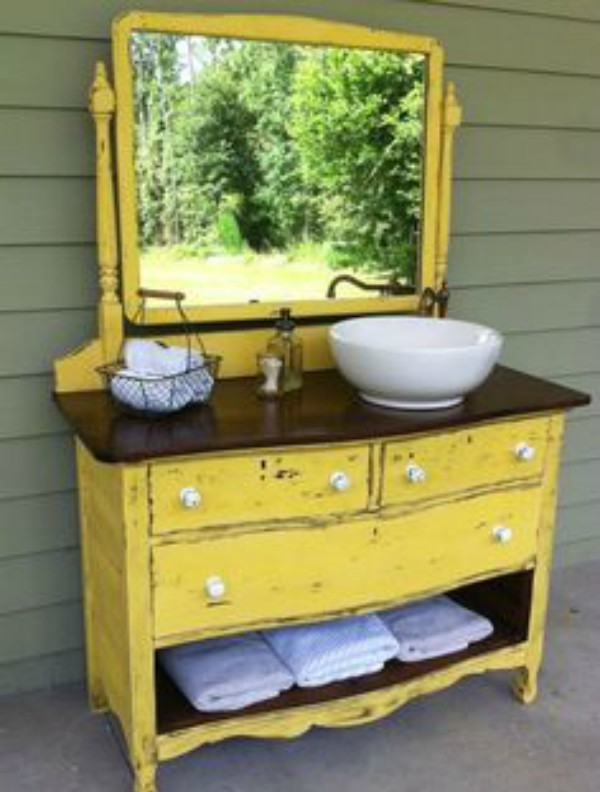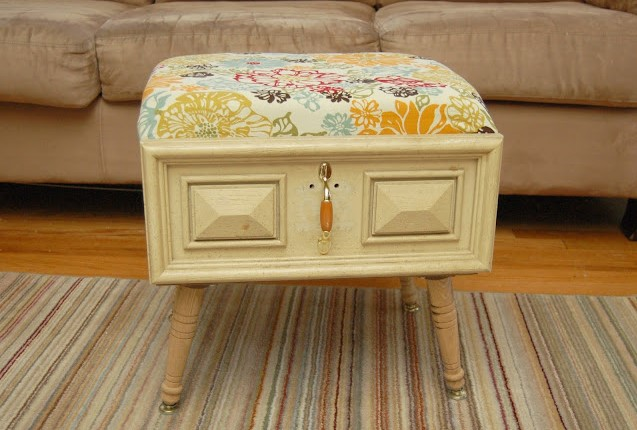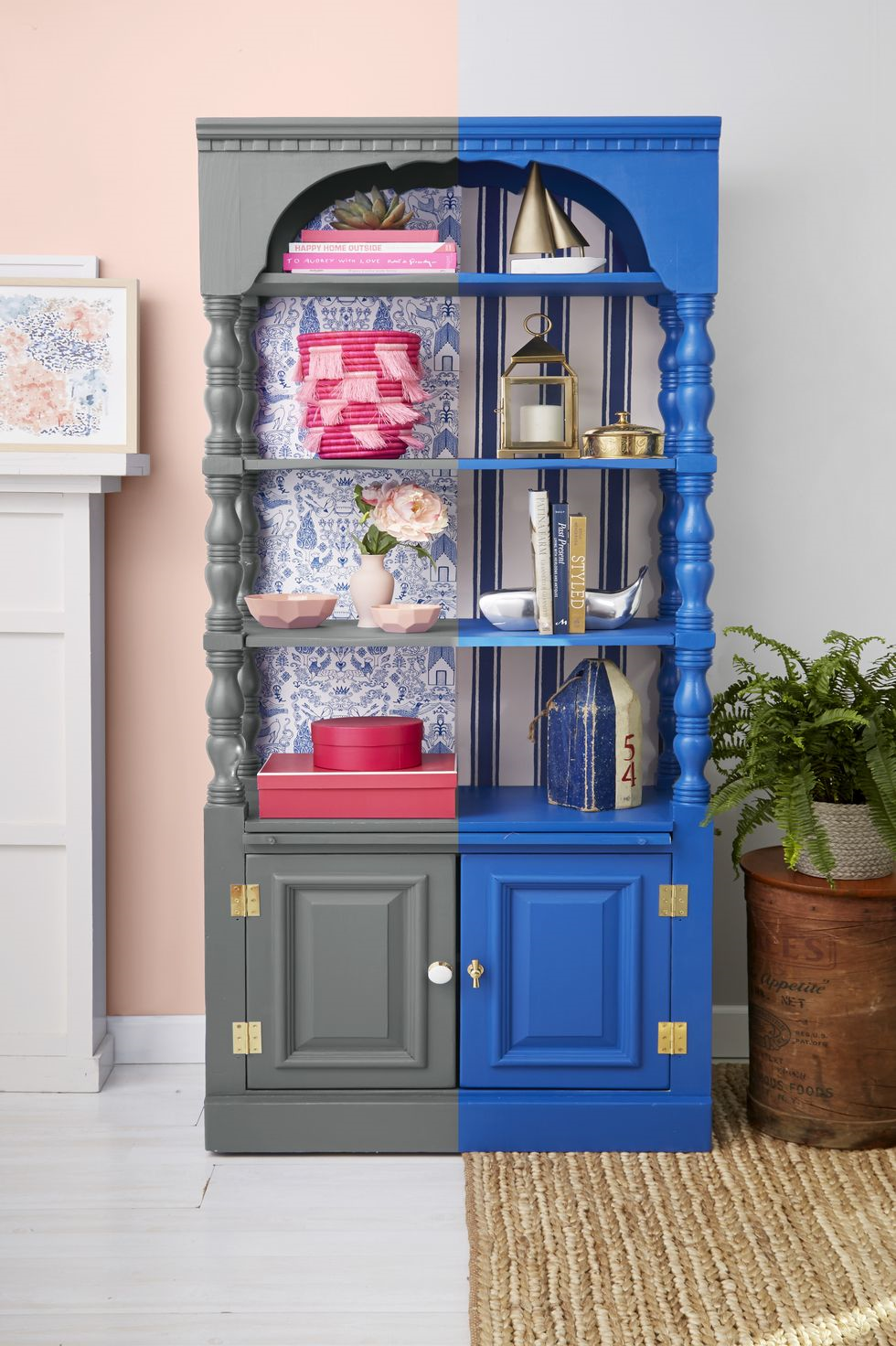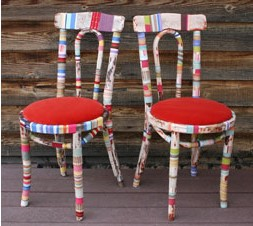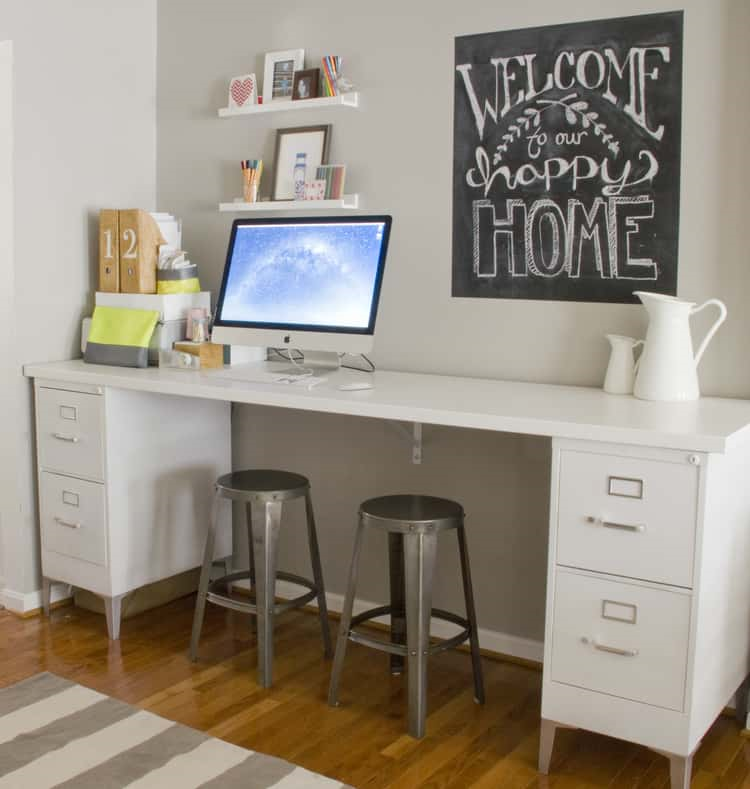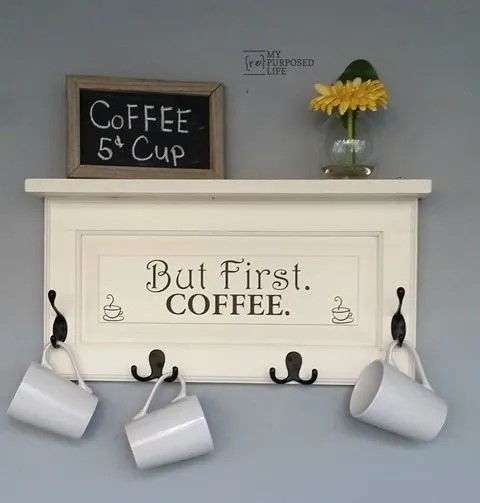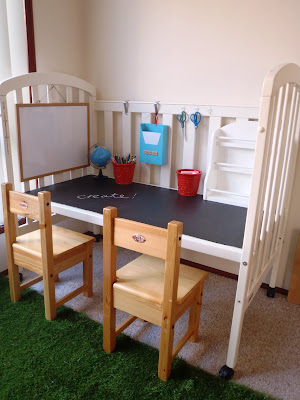
Contrary to popular opinion, you don’t have to be a teenager with cool moves to go viral on TikTok. But you do need to be creative with your TikTok account to produce content that can strike a chord with millions.
12 Tips to Make Your TikTok Video Go Viral
Everyone from crafters and makeup artists to home cooks and pet owners have joined the TikTok bandwagon to reach their audience. Thanks to the platform, more people from all over the world are gaining viral success today, this includes TikTok for business.
But the increasing popularity of this social media channel has led to a sudden spurt in competition. This means you have to be truly unique to stand out from the rest and produce trending videos.
Wondering how to go viral on Tiktok? Here are some tips that can help.
1. Limit Your Video Length Video
Digital consumers today have very limited attention spans. Eight seconds, to be exact. TikTok has successfully capitalized on this trend. The average watch time for videos on the platform is 15 seconds. So, the shorter your TikTok videos the better. This can be a challenge when you start using the platform, but as you produce content try to share your message in a few seconds.
2. Promote Content on Other Social Media Platforms
Thanks to TikTok’s huge popularity, the trend of short videos has caught on all over social media. Today, Facebook, Instagram and even YouTube are promoting short video content. By cross-promoting your TikTok video content on other social media channels you can increase your reach and improve your chances of going viral.
3. Post Regularly
If you want to go viral on TikTok, you need to post frequently. Successful TikTokers use this social media platform consistently to create and share quality video content. That’s because the TikTok algorithm favors content creators who can bring traffic to the site.
You don’t have to post new content every hour. Just try to maintain a schedule so users can find your content and have reasons to check new videos you post.
4. Keep Up with the Latest Trends
TikTok is by and large a trend driven tool. So, it’s extremely important to understand the trends. The way TikTok algorithm works makes it easy for users to follow and leverage trends.
You should check out TikTok’s Discover page where you will be able to see trending videos in your niche. This can include anything from trending music, trending song, trending audio, trending sounds or trending cooking videos. This will help you spot the new trend and use it for your content.
5. Use Relevant Hashtags
Hashtags help videos improve their rankings. That’s why, it’s important to avoid generic hashtags and use relevant ones that can boost your video’s visibility. If you’re trying to decode how to go viral on TikTok, a detailed hashtag analysis will be on top of your agenda.
6. Encourage Interaction
Like any other social networking site, TikTok provides a platform for not just content creation but also interaction. This is especially important when you are trying to gain followers. Try to respond to the comments you receive on your videos.
You can also provide a prompt to allow users to Stitch or Duet a response video to boost interaction.
7. Collaborate with Other Content Creators
A simple yet effective way to expand your base and reach target audience is by collaborating with existing popular accounts. You can start by liking and commenting on videos posted by influencers who are part of the same niche. Engage with these popular accounts and explore opportunities to co-create content that can boost your profile.
8. Leverage the Duet Feature
The duet feature lets you create videos that respond to other users’ content. This video side by side feature is unique to TikTok. As a content producer, you can also encourage users to reply to your videos by enabling the feature option.
9. Focus on Storytelling
You may have all the tools to create great videos and yet your content may not get popular because of poor storytelling. Users will keep coming back for your videos as long as you have a compelling story to tell. And you can break down the story in different parts or videos. For example, if you want to show difficult Yoga poses, you can create a couple of videos each capturing a new pose to engage your audience.
10. Add Compelling CTAs
If you don’t want to be a one viral wonder, you need to make sure TikTok users keep coming back to your account. That’s why, it’s important to add strong CTAs that can excite viewers and prompt them to look for your next video. Something as simple as Follow me for daily tips can be highly effective in engaging the audience.
11. Find the Right Time to Post Content
Posting content at the right time is another way to ensure your video gets attention. But what’s the right time to post content? That depends on your audience and the time they most actively watch videos on TikTok. For example, if your larger audience has a day job and uses TikTok after work, you may benefit from publishing your videos in the evening.
There are social media scheduling tools that can help you plan your posts in advance.
12. Use Your Own Audio
Your own audio can help you connect more closely with your followers. This is also smart because TikTok algorithms pick up on words, which can boost your video ranking on the app.
When including same audio, include your own spin to make your videos more interesting. For this, you can use humor and wit to get your message across.
What will go viral on TikTok?
The best thing about TikTok is almost any better video can go viral. While most teenagers look for fun dance videos, most people in other demographics are using the app to watch all kinds of content. This may include videos on cleaning, cooking, petting or painting where creators share tips and more.
How many views is a viral video on TikTok?
A user’s video must get 300-500 views within half an hour of posting to be considered viral on TikTok.
Image: Depositphotos
This article, "How to Go Viral on TikTok" was first published on Small Business Trends





